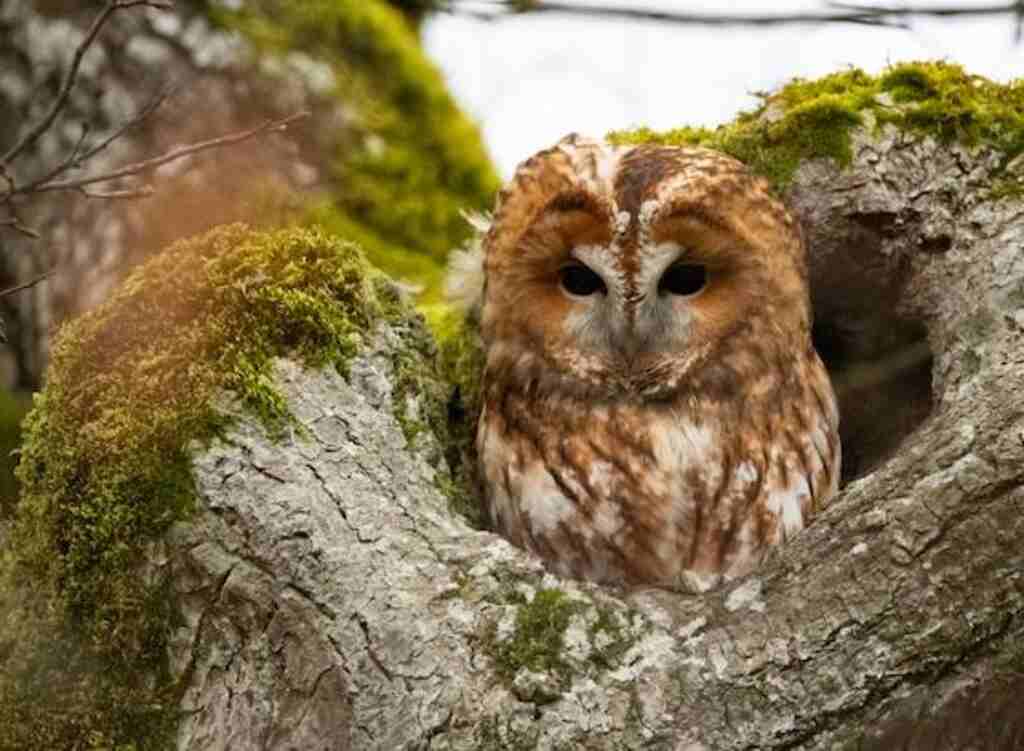Owls have fascinated humans for centuries. From their silent flight to their haunting calls, these birds of prey are unique and enigmatic creatures.
However, there is one question that has been on the minds of many: do owls poop? It may seem like a silly question, but it’s one that deserves an answer.
Table of Contents
- 1 Definition of Owls
- 2 Fascination with Owls
- 3 The Question: Do Owls Poop?
- 4 Owls 101: Understanding the Basics
- 5 The Answer: Yes, Owls Poop!
- 6 Owl Poop Fun Facts
- 7 A Recap on what we’ve learned about do Owls Poop?
- 8 Why it’s important to know about the pooping habits of animals
- 9 Final thoughts on the fascinating world of Owls
- 10 Author
Definition of Owls
Owls are a group of birds known for their large eyes, sharp talons, and powerful beaks. There are over 200 species of owls found all over the world, from the Arctic tundra to tropical rainforests. The order Strigiformes comprises two families of owls: Tytonidae, which includes barn owls, and Strigidae, which includes typical owls.
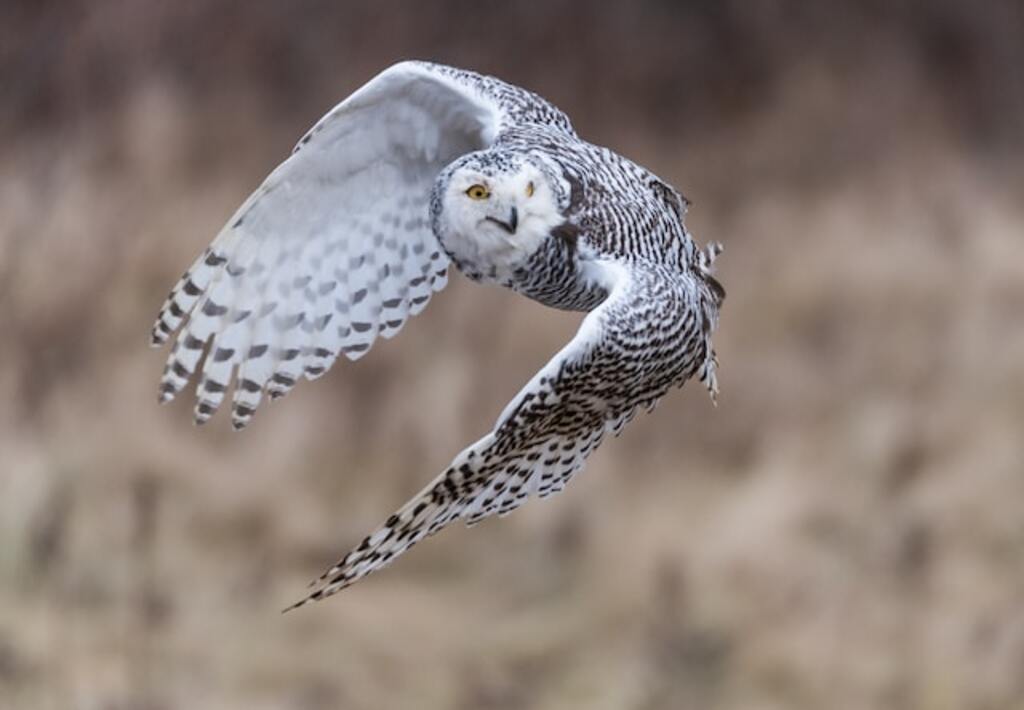
Fascination with Owls
People have been fascinated by owls for centuries. In many cultures, they are revered as symbols of wisdom, mystery, or even death.
Their nocturnal habits and eerie calls have made them fixtures in superstitions and folklore around the world. In modern times, people continue to be drawn to these magnificent creatures.
Owl cafes have become popular tourist attractions in Japan where visitors can interact with live owls while enjoying snacks and drinks. In North America, owl watching has become a popular pastime among bird enthusiasts.
The Question: Do Owls Poop?
While it may seem like a trivial question at first glance, understanding how animals excrete waste is an important part of studying their behavior and biology. The answer is yes – all animals must eliminate waste from their bodies in some way.
However, not all animals excrete waste in the same way. Some animals produce urine and feces separately, while others combine them into one substance called a cloaca.
It’s important to understand how owls eliminate waste, as it can tell us a lot about their digestive systems and overall health. In the following sections, we will explore the basics of owl anatomy, digestion, and excretion to answer the question: do owls poop?
Owls 101: Understanding the Basics
Physical Characteristics of Owls
Owls are known for their distinctive physical characteristics, which make them unique from other birds. They have large heads, short tails, and flat faces with forward-facing eyes.
Their eyes are incredibly large and are fixed in their sockets, which means they cannot move their eyes around like humans do. However, they have excellent binocular vision that allows them to see in low light conditions.
Owls also have specialized feathers that enable them to fly silently through the air without making any noise, which makes them expert hunters. Additionally, owls come in various sizes ranging from the tiny Elf Owl (5 inches tall) to the Great Gray Owl (33 inches tall), with different appearances depending on the species.
Habitat and Feeding Habits of Owls
Owls can be found all over the world except for Antarctica, with more than 200 species currently identified. Each species has its preferred habitat, but most owls live in forests or woodlands, where they can find food and shelter easily.
Some species prefer open grasslands or deserts where prey is abundant. In terms of feeding habits, owls are carnivorous and primarily eat small mammals such as mice, voles, rabbits or rodents but some larger species may hunt reptiles or even other birds like smaller owl species do.
Owls have sharp talons that help them catch and grip on their prey while hunting at night.
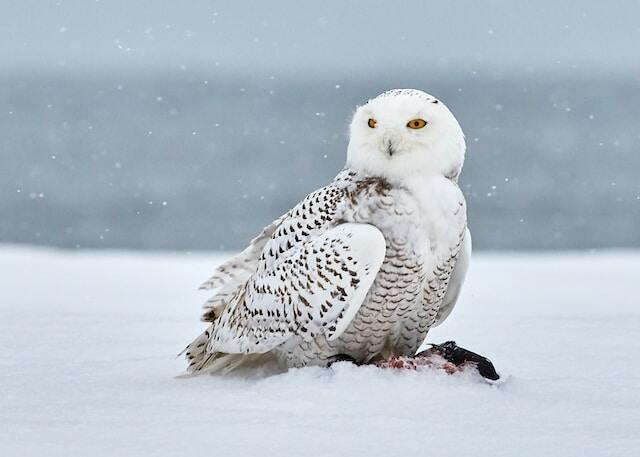
Digestive System of Owls
Owls’ digestive system is complex due to their carnivorous diet. Unlike other birds that use a gizzard to grind up food before entering it into their stomachs – this organ grinds up material before it enters into the intestines – owls eat their prey whole without chewing it first. As a result, they have to digest the entire prey, including bones, fur or feathers.
To achieve this, owls have an incredibly efficient digestive system that breaks down food quickly into waste and usable nutrients. The waste is excreted from the body in the form of pellets, which are regurgitated by the owl after digestion.
These pellets consist of hair and indigestible parts like bones or claws from their prey. After passing through the owl’s digestive tract, these pellets are expelled through their cloaca (a single opening that functions as both reproductive and excretory organs).
The Answer: Yes, Owls Poop!
Owls do indeed poop, just like any other bird or animal. However, their digestive process is quite unique and fascinating. Firstly, like all birds, owls do not have teeth to chew their food.
Instead, they swallow their prey whole and rely on their powerful stomach muscles to crush and break down the food into smaller pieces.
The owl’s digestive system then goes to work on extracting as much nutritional value as possible from the food before it’s excreted as waste.
Explanation of Owl’s Digestive Process
The owl’s digestive process is highly specialized and efficient, allowing them to thrive in their hunting lifestyle. Unlike most birds, which have a one-way digestive system, owls have a two-part stomach that consists of the proventriculus (or glandular stomach) and the gizzard.
The proventriculus secretes enzymes that start breaking down the food before it enters the gizzard, where most of the mechanical digestion occurs. The gizzard is lined with tough muscle fibers that contract and grind up food into smaller particles, making it easier for enzymes in the small intestine to break down and absorb nutrients.
While the owl’s digestive process is remarkable, some sections of the explanation could benefit from more detailed information. For instance, it would be useful to describe the specific enzymes involved in digestion to provide a more complete understanding of the process.
Additionally, it’s worth noting that when an owl excretes waste, it primarily consists of indigestible material, such as bones and fur.
Frequency and Consistency of Owl Poop
As with any animal or bird species, how often an owl poops depends on several factors, such as its size and diet. Larger owls tend to produce more waste than smaller ones due to their higher metabolic rate. On average, though, most adult owls will produce one or two droppings per day.
In terms of consistency, owl poop typically looks like whitish-gray blobs with dark centers containing bones and fur remnants from their prey. The texture can vary depending on the moisture content of the food they’ve eaten, but it’s usually quite solid.
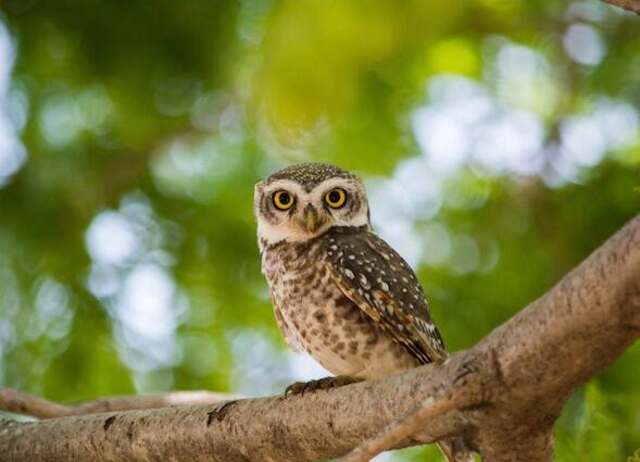
Importance of Owl Poop in the Ecosystem
While it may seem unremarkable at first glance, owl excrement actually plays a crucial role in supporting many ecosystems. As top predators, owls produce feces that are rich in nutrients, providing a vital source of nitrogen and phosphorus for small mammals and insects in the food chain.
Furthermore, the study of owl pellets can yield valuable information for ecological research. By analyzing their contents, scientists can gain insights into the available prey in an ecosystem, as well as its overall health and biodiversity.
Thus, owl poop serves as an important indicator species, offering detailed explanations and additional information on the process of regurgitating pellets that can lead to a greater understanding of ecosystem dynamics.
Owl Poop Fun Facts
Owls might not be the first animal that comes to mind when you think of poop, but there’s actually quite a bit to learn about these birds’ waste. For example, did you know that owl poop can vary in color and size depending on what the bird has eaten?
Some species of owls have been known to produce pellets as large as golf balls! These pellets contain bones, fur, and other indigestible material from their prey.
Different types of owl poop
There are two main types of owl poop: solid and pellet. Solid droppings are produced by young owls and adults during nesting season, when they need to keep the area clean. These droppings are more like what you would expect from other birds and animals.
Pellets, on the other hand, are produced by all owls and are a result of their unique digestive system. Owls cannot digest bones, fur, or other indigestible parts of their prey, so they regurgitate them in a pellet form.
Uses for owl poop in ancient cultures
Owl poop may seem like a strange thing to value in today’s society but it has had many uses throughout history. In ancient Greece, owl pellets were used as medicine because it was believed that they could cure various ailments such as headaches and stomach problems.
People would also collect owl pellets for fertilizer since they were rich in nitrogen. In Native American culture, certain tribes used owl feathers and pellets during spiritual ceremonies.
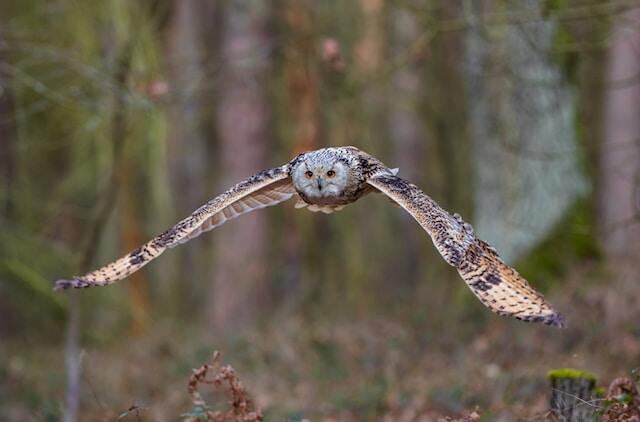
Owl pellet dissection activity
One fun activity that can be done with kids is an owl pellet dissection. Pellets can usually be purchased online or at educational stores.
Kids can break apart the pellets with a pair of tweezers or toothpicks to see what kind of bones and fur they find. This is a great way to teach children about the food chain and how owls play an important role in controlling rodent populations.
It’s also a fun way to get them interested in science and biology. While owl poop may not seem like the most exciting topic, there is actually quite a bit to learn about it.
From different types of droppings to its historical uses and even fun activities you can do with kids, owl poop can be an interesting and informative subject. Next time you’re out in nature, keep an eye out for these fascinating birds and their pellets!
A Recap on what we’ve learned about do Owls Poop?
Throughout this article, we have explored the fascinating world of owls and their digestive habits. We have discovered that owls do indeed poop, and their poop has a significant impact on the ecosystem. As carnivorous animals, they consume their prey whole, digesting as much of it as possible before regurgitating the indigestible parts in the form of pellets.
These pellets are a valuable resource for scientists who can use them to study owl diets and population health. We have also learned that despite being small and only pooping once or twice a day, owl poop plays a crucial role in seed dispersal in forest ecosystems.
The seeds that pass through an owl’s digestive system germinate more easily because the stomach acid breaks down the tough outer coating. This makes them more viable for growing into new plants, which is essential for maintaining healthy habitats.
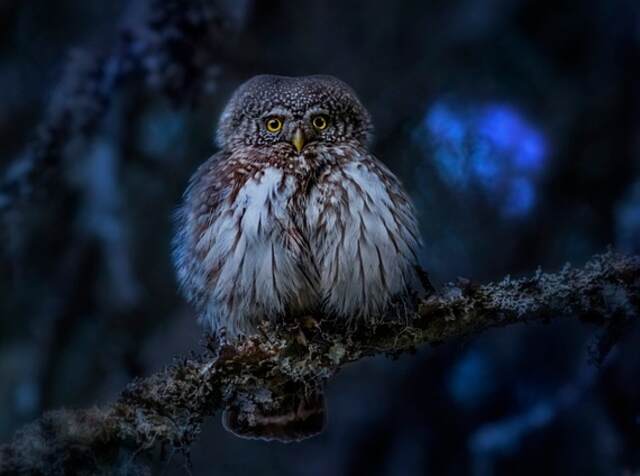
Why it’s important to know about the pooping habits of animals
While some may find the topic of animal waste unappealing or trivial, understanding an animal’s pooping habits can reveal key insights into its behavior, health status, and ecological function. For example, scientists can use fecal samples to determine an animal’s diet and even its sex in some cases.
Tracking changes in animal poop over time can also help detect environmental disturbances such as pollution or disease outbreaks. Furthermore, understanding how animals contribute to their ecosystem through their waste is vital for conservation efforts.
Many species play critical roles in maintaining ecosystems by fertilizing soil or dispersing seeds through their poop. By studying these processes and how they are affected by human activity such as habitat destruction or hunting, we can better understand how to protect these vital habitats and ensure their continued functioning.
Final thoughts on the fascinating world of Owls
We hope this article has shed some light on the often-overlooked topic of owl poop and how it contributes to their fascinating world. Owls are incredible animals with unique adaptations that allow them to thrive in different environments worldwide.
Their digestive system, while seemingly unremarkable at first glance, plays a crucial role in their survival and the wider ecosystem. As humans, it is our responsibility to protect these amazing creatures and the environments they inhabit.
By learning more about their habits, behaviors, and ecological roles, we can better appreciate the beauty and complexity of nature.
And who knows? Maybe next time you take a walk in the woods, you’ll be lucky enough to stumble upon an owl pellet – a reminder of just how connected we all are in this wondrous world.
Related Post: How Long Do Owls Live: An In-Depth Look at Their Lifespan

